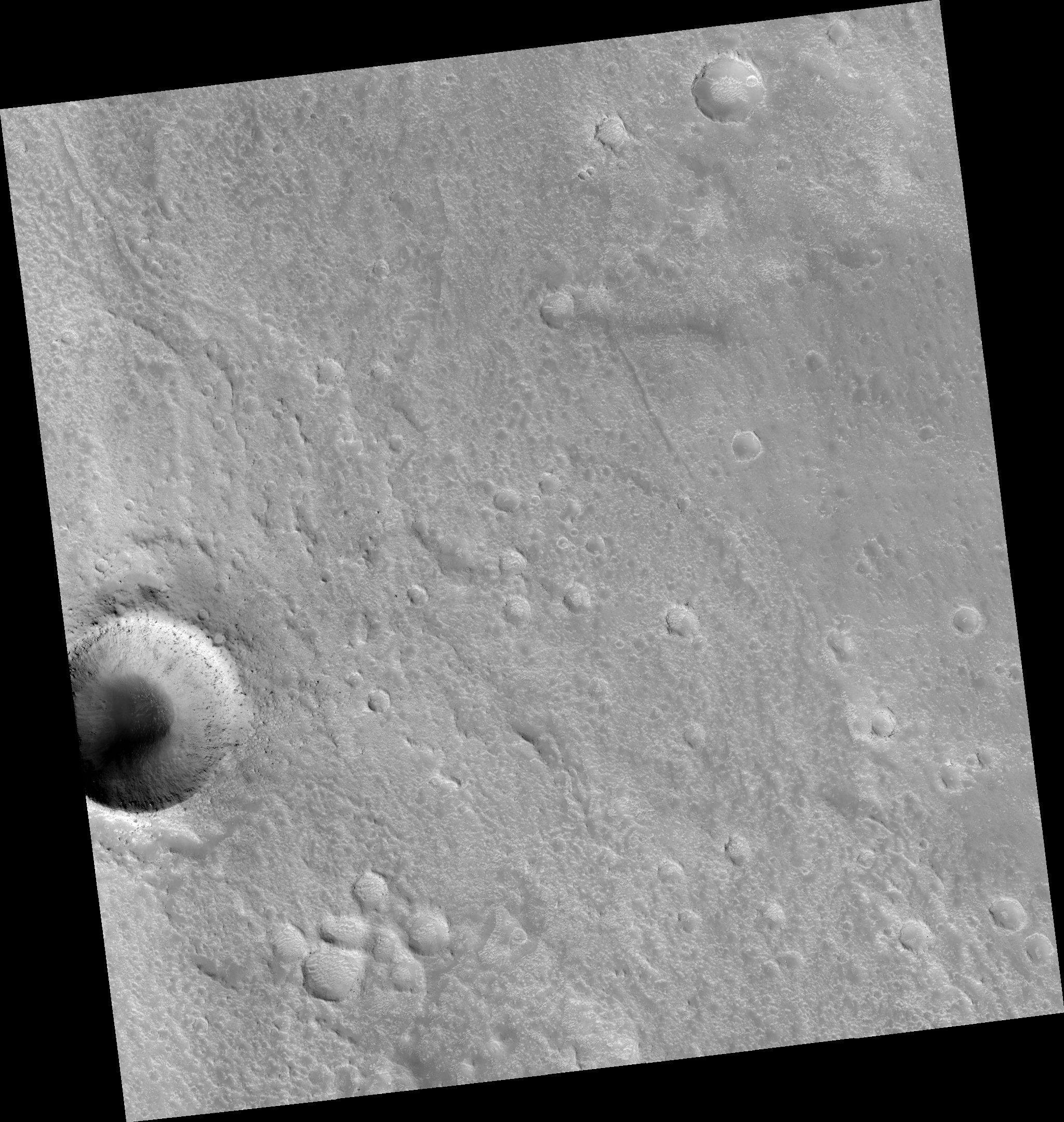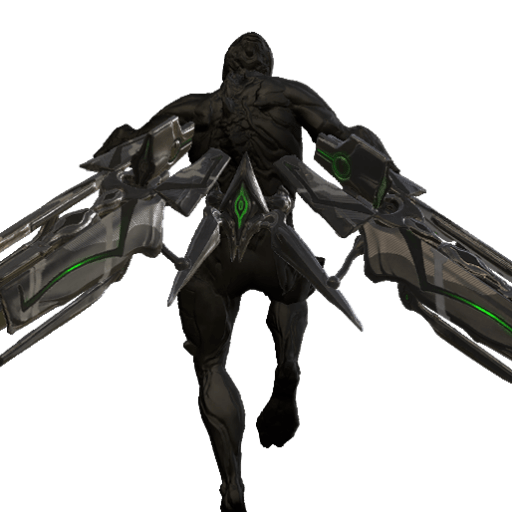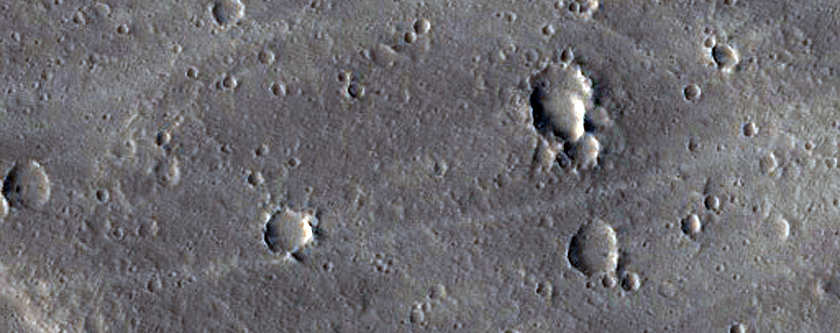

To do this, we trimmed the first five bases from the 5′ end of each read and seven bases from the 3′ end to remove read positions that had elevated AT content. This included removing suspect base calls in the Illumina paired-end read library by quality trimming. We largely followed the symbiont genome assembly methods described by Boyd et al. No obvious masses of the Rickettsia bacterium were observed in louse tissues, nor did we find any evidence of vertical transmission, so the nature of its association remains unclear. From the same lice, we also identified an abundant bacterium belonging to the genus Rickettsia that is closely related to Rickettsia ricketsii, a human pathogen vectored by ticks. These patterns suggest the possibility that this Sodalis endosymbiont might be recently acquired, replacing a now-extinct, ancient endosymbiont. The endosymbiont genome appears to be degrading in symbiosis however, it is considerably larger than the genomes of other mammalian louse endosymbionts. Localization and vertical transmission of this endosymbiont are also more similar to those of bird lice than to those of other mammalian lice. Rather, it is more closely related to endosymbionts of the genus Sodalis associated with spittlebugs and feather-chewing bird lice. One of these is a heritable endosymbiont that is not closely related to endosymbionts of other mammalian lice. Here, we describe two bacterial associates from a louse, Proechinophthirus fluctus, which is an obligate ectoparasite of a marine mammal. The lice parasitizing mammals rely on endosymbionts to provide essential vitamins absent in their blood meals.



The findings reported here provide insights into how new symbioses form and how this lifestyle is shaping the symbiont genome.Roughly 10% to 15% of insect species host heritable symbiotic bacteria known as endosymbionts. This bacterial symbiont appears to have been recently acquired by the lice. Here, we identified a heritable bacterial symbiont in lice parasitizing northern fur seals. However, little was known about the symbionts of lice parasitizing marine mammals. It appears that novel symbioses have formed between lice and bacteria many times, with new bacterial symbionts potentially replacing existing ones. These heritable bacteria have been identified from numerous species of parasitic lice. Many insects are host to heritable symbiotic bacteria. Roughly 10% to 15% of insect species host heritable symbiotic bacteria known as endosymbionts.


 0 kommentar(er)
0 kommentar(er)
